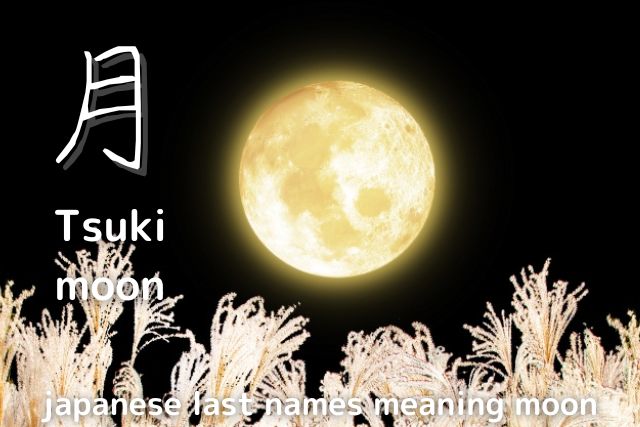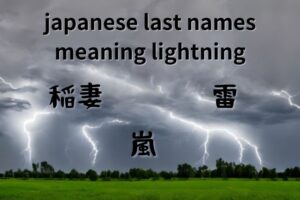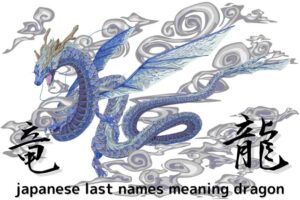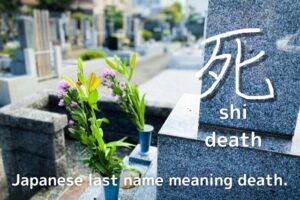In European cultures, the moon is not often associated with a good image, but in Japan, the moon is associated with good images, such as objects of worship and evening events.
One of the most popular autumn traditions in Japan is “Jugoya,” a time to view the beautiful full moon. It is a very elegant event where people offer silver grass and eat tsukimi dango (dumplings for moon viewing) while gazing at the moon.
Origin of the Kanji character for Tsuki「月」
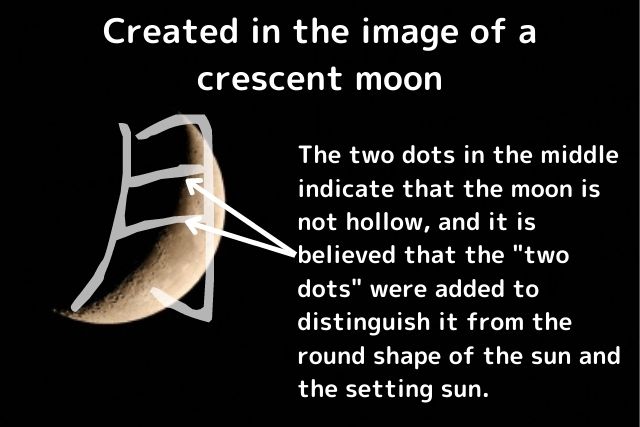
There are two theories on the origin of the word “tsuki” (月): one says it means “tsugi/tsuku (next「次」)” because it shines next to the sun, and the other says “tsuki” (尽き) because the brightness of the moon is exhausted once in a month.
Since the moon was an object of faith, especially the full moon, it is difficult to imagine the “tsuki” theory.
Although the origin of the word is unknown, the theory of “tsugi/tsuku (next「次」)” seems to be the most likely one, since the moon has long been regarded as a counterpart to the sun, shining brightly at night and having a great influence on people’s lives.
Japanese Moon Event “Jugoya「十五夜」
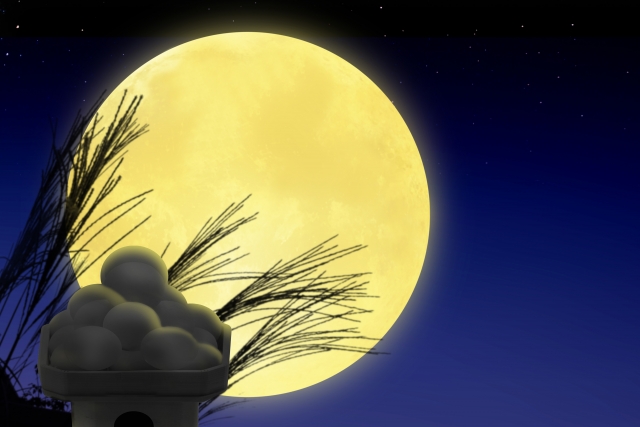
Jugoya” is a traditional Japanese event to appreciate the moon and give thanks for the year’s harvest on August 15 of the lunar calendar. It is called “Mid-Autumn Meigetsu” because the sky is clearest in August and the moon appears beautiful, giving rise to the custom of moon-viewing on Jugoya.
The length of the year differs between the lunar calendar, which was based on the phases of the moon, and the current new calendar, which is based on the movement of the sun. For this reason, the date of the current Jugoya is different every year, and it is said to be from the middle of September to the beginning of October.
Offering for tsukimi「お供え」
Tsukimi-dango (moon-viewing dumplings) are indispensable when it comes to tsukimi. Mochi (rice cakes) and dango (dumplings) often appear in Japanese events, which are rooted in the rice culture. On the fifteenth day of the month, tsukimi dango are offered to express gratitude for the harvest and pray for a bountiful crop. The round tsukimi dumplings are made to resemble a full moon.
The dumplings are arranged on three sides or plates lined with white paper and arranged like a pyramid. The best place to offer them is in an alcove where the moon can be seen clearly. The tsukimi dango are eaten with relish after the moon viewing is over. Normally, people do not eat the offerings, but the moon-viewing dumplings are an exception, and only on Jugoya (the night of the full moon), people are allowed to take the offerings without permission.
So, on the full moon day in September, it was customary to make tsukimi dango and eat them while gazing at the moon, but this custom has become much less common nowadays.
Japanese last name with moon
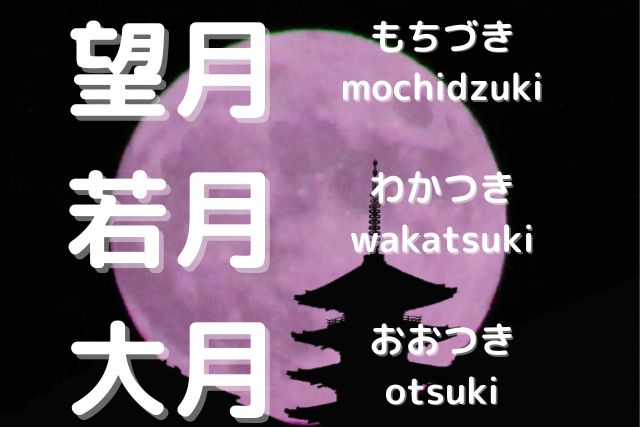
The most common last name with the character for “Tsuki” is “Mochizuki,” but other last names are not so common.
Mochizuki「望月」
The Mochizuki family of Shinano (present-day Nagano Prefecture) has its roots in Mochizuki, Saku County, Shinano Province (Mochizuki, Saku City, Nagano Prefecture), and is descended from the Shigeno clan, an ancient powerful family in Shinano. During the Genpei War, they followed Kiso Yoshinaka, a general active mainly in Shinano, and later became a Gokenin (vassal directly under the shogun) of the Kamakura Shogunate before becoming subordinates to Takeda Shingen in the Warring States Period.
There are 124,000 people with the Mochizuki last name in Japan, making it the 163rd most common last name in Japan.
Wakatsuki「若月」
A variant of Wakatsuki(若槻). It is said that Wakatsuki was changed to “Wakatsuki” because it was written as “Wakatsuki” in the magistrate’s note in Somoguchi, Makigaoka-cho, Yamanashi City, Yamanashi Prefecture. Estimated from traditions in the area, it was in the early Edo period. The name “Wakatsuki” was written in the same place during the Warring States Period and Azuchi-Momoyama Period.
It is said that there are about 2,000 Japanese families with the last name of Wakatsuki.
Otsuki「大月」
Otsuke Village「大附村」, Hiki-gun, Musashi Province, which is located in present-day Tokyo, Saitama Prefecture, and northern Kanagawa Prefecture, is the origin (roots) of the family name Wakatsuki.
It is said that there are about 2,000 families with the last name of Wakatsuki among the Japanese.
